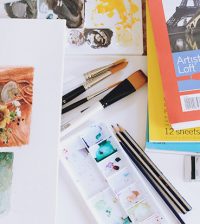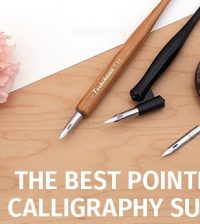Art Is Fun: Create Masterpieces with Pigment Painting
The famous Austrian painter Gustav Klimt once said: “Art is a line around your thoughts”, and he couldn’t say it better. Art is a free way to express our innermost thoughts and feelings on paper, canvas or another medium. Besides used for self-expression, art is the perfect way to transform your home, putting a smile on your face every time you pass through them. All aspiring artists know how much joy creating an art masterpiece brings. And for that to happen, you need talent, hard work and the right painting media.
Creating your own paint is a great way to cut costs. You can also exert greater control over the shades and effects you desire. To make sure that you get the desired colours, you might need a little help from pigments for painting. It’s amazing what just a small amount of pigment can do to your artwork. Pigments are used for artists’ paints, car finishes, and light-reflecting signs. These insoluble materials are so fun to work with and create unique masterpieces. If you need some help choosing the right materials for your pigment painting projects, the following features might help you with that objective.
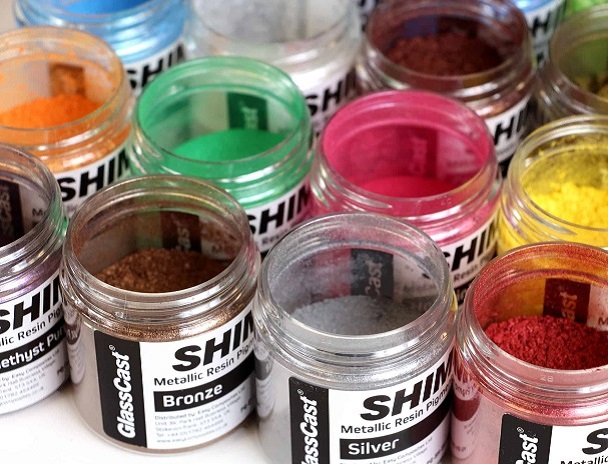
What to Look for in a Paint Pigment?
If you’re planning to buy paint pigment and you do some research, dry pigments would probably come as a top choice. And for a good reason, they can be combined with a plethora of binders to create a variety of painting media. Make sure you choose versatile artist-grade pigment painting powders with pure lightfast single pigments and no blending.
Art Spectrum offers a huge palette of pure high-quilty pigment painting powders designed to be combined with binders from all kinds. These dry artist pigments can be used with oils, watercolours, gouache, pastels and primers ranges. The colour palette of Art Spectrum pigments is huge, from titanium white and ivory black to shades of blue, yellow, orange, red a lot of Earth tones. They come in small jars since you only need a little to produce rich and vivid colours.
If colour assortment is your priority, you can opt for a good quality set of metallic sheen powders. Jacquard’s product Pearl Ex is one of the most versatile on the market. They are known as safe, non-toxic and highly stable pigments that incorporate well into any viscous medium without affecting its behaviour. You can mix them with oils, encaustics, acrylics, or epoxy; use them for stamping; dust them over polymer clay, auto paint, faux finish – the possibilities are endless.
The superfine powder adds vivid colour as well as a subtle pearlescence, which can lend your works a lovely depth. Pearl Ex creates a metallic look without being a metal – it will not tarnish or fade. You can find them in a plethora of colours, in either 14 g of 21 g jars.
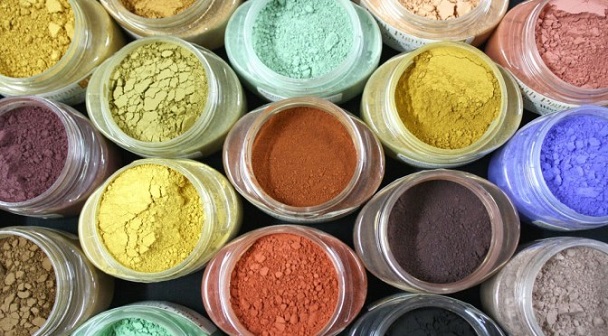
How to Use Paint Pigments?
You can work with dry paint pigment powder by itself. Try applying a primer to a surface, then apply your desired pigment. You can use a matte sealer to secure it and then add as many layers as you’d like. This way, you can change both the colour and texture of your piece. Wearing a mask while working on it might be a good idea since dry paint pigments produce dust that you don’t want to inhale. To make sure working with your dry pigments is safe, avoid products with toxic substances.
You can also mix it with a binding medium that transforms it into something usable. You have many options to choose from, including tempura, linseed oil, casein, and encaustic binders. Egg tempura provides a great sheen, while linseed oil is flexible and durable. Have in mind that casein dries quickly with a matte finish. An encaustic painting is a classic way to use hot wax with your pigment. If you’re struck by an idea, you can always make your own binder. Also, there are many dispersing agent options to investigate that work for different paint types, but water is always an easy option.
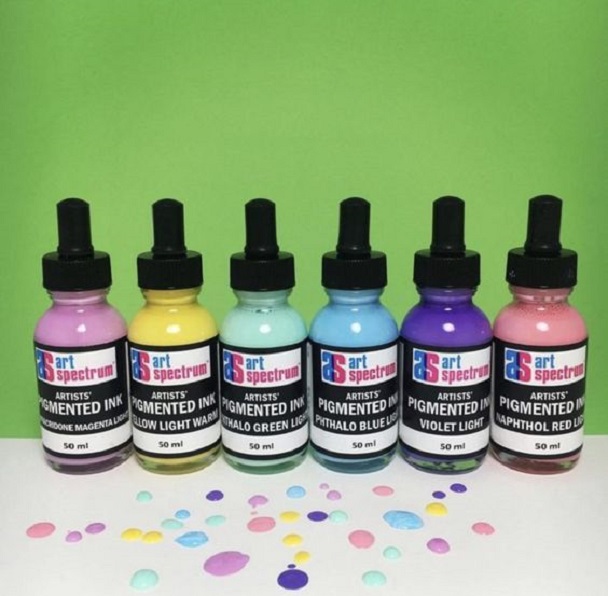
Dispersing Pigment into Water for Water-Based Paint
You can disperse pigments and make your own paint in a few simple steps. Make sure to wear a mask, protective glasses and gloves for safely working. First, you need to prepare the grinding surface. You can use glass, marble or other smooth, non-porous flat surface. Place it on a firm table or countertop and put a small amount of pigment in a heap at the centre of the prepared surface. You can start by working with about 10 grams of pigments.
The next step is to add a small amount of distilled water to the heap of dry pigment, a few drops at a time. You can now mix the water into the pigment with a spatula, palette or putty knife. You know that the correct amount of water is added when the pigment has the consistency of toothpaste. It is easier to judge the thickness of the paste once you begin grinding with the muller. Move the muller in a circular motion while keeping the pigment in the centre of the surface. If the paste becomes too stiff, add more water drops. If it gets too watery, add more dry pigment until you have the perfect mixture.


